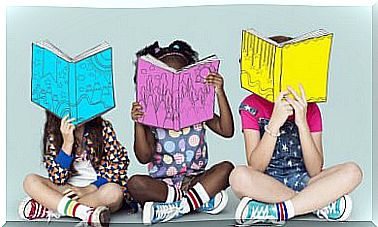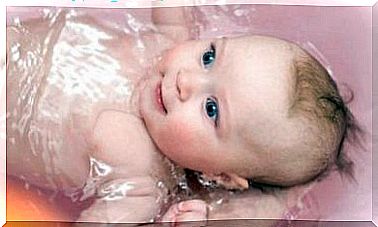Multiple Intelligences In The Classroom: 4 Benefits Of This Theory
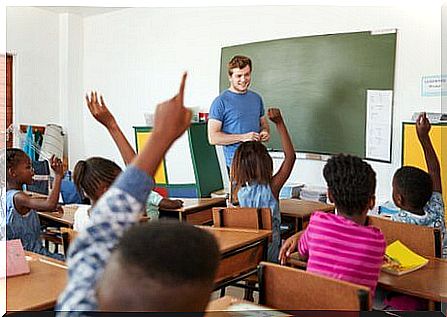
The theory of multiple intelligences in the classroom is gaining more and more adherents. What does it consist of? What are its benefits? How does it apply? We will delve into these aspects below.
In 1983, the American psychologist and educational science researcher Howard Gardner published a theory that in recent years has been sounding loud in the educational field: the theory of multiple intelligences in the classroom.
The basic premise of this postulation is that intelligence is not a unique ability, but that there are 8 different types, all equally important. So, from this theory, we would understand intelligence classified into eight classes:
- Linguistic intelligence: ability to use words orally or in writing for expression.
- Logical – mathematical intelligence: includes the ability to reason, abstraction, classification and generalization, among others.
- Spatial intelligence: ability to perceive the world from vision and to graphically represent this perception.
- Musical intelligence: the ability to perceive, identify and produce musical forms.
- Kinetic intelligence: includes the use of the body for the expression, transformation or production of elements in order to carry out tasks or solve problems.
- Interpersonal intelligence: ability to recognize, interpret and respond to the signals emitted by other people. It is the key to social interaction.
- Intrapersonal intelligence: it is the knowledge of oneself, as well as the interpretation of the moods, thoughts and feelings of one’s own being.
- Naturalistic intelligence: refers to the classification and use of the elements of the environment, be it natural or artificial.
How is the theory of multiple intelligences applied in the classroom?
A first step to be executed by teachers would be to observe the capacities of each student to determine what intelligence predominates in him. From the evaluation of the child’s facilities and difficulties in each area of knowledge, this basic point can be determined.
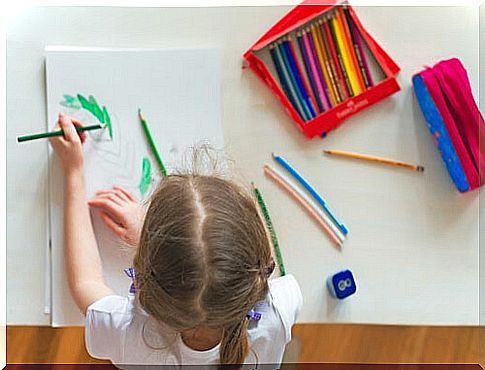
This clearly runs counter to the prevailing notion today that intelligence is the same for all people and that the only difference lies at the level of each individual. Gardner postulates that there are different types of intelligence and that this does not mean that one person with different abilities is more or less intelligent than another.
From there, new working methods should be developed that enhance the individual skills of each student. It is also important to monitor progress in learning and stimulate autonomy in the student, as this will contribute to the development of their ability to solve problems and motivation.
Some examples of projects for different types of intelligence could be: writing literature, making artistic works, creating building construction projects, learning to play musical instruments or simulating the creation of a company.
4 benefits of harnessing multiple intelligences in the classroom
1. Greater efficiency of the education system
Today, many surprising skills of students are wasted simply because they do not fit in with what the system expects of them. What good will it do for a child with exceptional artistic gifts to spend all day adding and subtracting, when his true potential lies elsewhere?
From the stimulation of these unique abilities, each person will be able to optimize the use of their abilities.
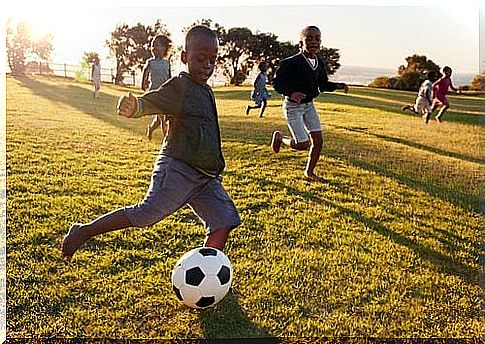
2. More motivated students
If there is something that truly motivates students, it is that the time comes to do what they like. Whether it’s music, gym, or art class, each kid gives his best when he feels that what he’s doing is entertaining and will serve him well in the future.
School failure rates could drop considerably if school were a place for skills development. No child would feel like a “failure” but, on the contrary, would be able to pay more attention to what he likes and what he is skilled at.
3. Transformation of the teaching role
With this scheme, the teacher would go from being a mere transmitter of knowledge to a true guide and mentor for the child’s development. He is the one who will teach you the way of learning for real life.
Even the change in the relationship between the two would generate a greater chemistry. The teacher would no longer be the one who “forces” to fulfill a task, but rather the one who “accompanies” the growth process.
4. Better prepared society
Today’s education only creates people who know how to follow orders and get results. With the theory of multiple intelligences, the training of creative and innovative people would be favored, capable of breaking down the barriers of the established and adapting to the hectic world we inhabit.
As if this were not enough, the analysis of multiple intelligences in the classroom would allow these students to fully understand their weaknesses and strengths. Many specialists point out that these qualities will be essential in a world of unexpected technological advances and demanding job competition.


